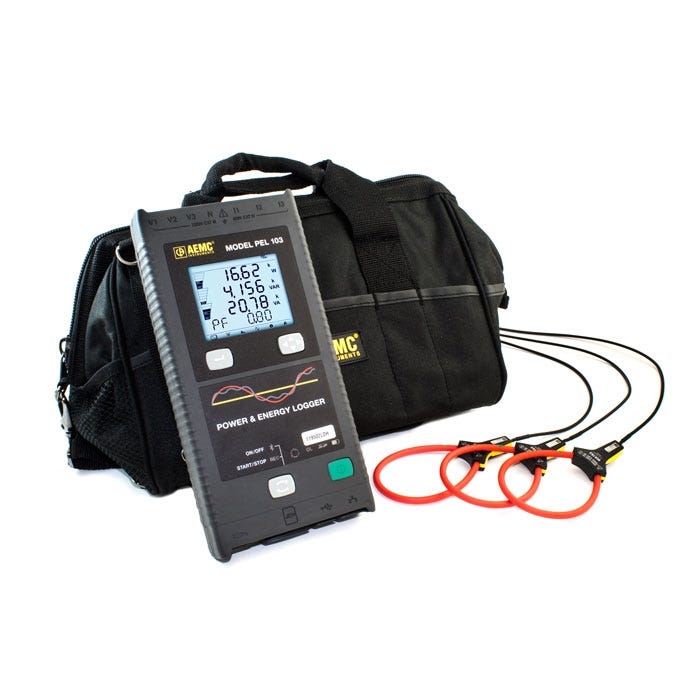I
Intsjones
Hello,
I have a EV charger that is reporting over voltage and is unable to charge. the charger will operate up to 253V
The solar inverter reports voltages below 253V and when the solar is shutdown and isolated the incoming supply reports voltages in excess 248V consistently, peaking at 256V. after a vist from the DNO latest peak is 254, when they visited they measured 252V in the middle of the day and declared no action required. Requested a voltage logger but they declined. The peak voltage measured by the EV charger and a simple plug in device off the main circuit.
The DNO said the high incoming voltage is not a problem and blamed the EV charger, prevalence of solar installation in the area and proximity to the sub station. They say to cope with demand they have upped the voltage so it will typically be around 250V in our area. I have been back to the EV charger company, they say their product is behaving as expected. I have checked the specifications of othe EV chargers and 253V appears to be maximum and I don‘t want to risk damaging the car when charging.
So this brings me to looking at installing a voltage optimisation device. I am only looking at it to limit the incoming voltage to between 220V - 240V, so that voltage remains within the operational range of the EV charger. I have seen various models from GWE, Givenergy, Cudis mostly rated a 63A. There seems to be a significant price difference for those rated at 100A, the primary difference appears to be the presence of a 63A MCB and a possibly smaller transformer. I have an incoming DNO fuse at 100A, the consumer unit with the EV charger and solar circuits has a 100A isolator switch without SPD (this is separate from the main house consumer unit). Is it feasible to just install voltage optimisation for this part of the system or would there be a risk of nuisance tripping using a device limited to 63A?
Let me just stress, I have no interest in saving money by limiting the voltage. I just want to ensure the voltage remains in range that the EV charger will operate safely and doesn’t cause an issue. At present I am stuck between the DNO, the EV charger supplier both saying they are operating correctly. If I can get to a point where the supply voltage is no longer an issue but there is still a problem with the EV charger, I can go to battle on that front.
Thank you for any constructive advice.
I have a EV charger that is reporting over voltage and is unable to charge. the charger will operate up to 253V
The solar inverter reports voltages below 253V and when the solar is shutdown and isolated the incoming supply reports voltages in excess 248V consistently, peaking at 256V. after a vist from the DNO latest peak is 254, when they visited they measured 252V in the middle of the day and declared no action required. Requested a voltage logger but they declined. The peak voltage measured by the EV charger and a simple plug in device off the main circuit.
The DNO said the high incoming voltage is not a problem and blamed the EV charger, prevalence of solar installation in the area and proximity to the sub station. They say to cope with demand they have upped the voltage so it will typically be around 250V in our area. I have been back to the EV charger company, they say their product is behaving as expected. I have checked the specifications of othe EV chargers and 253V appears to be maximum and I don‘t want to risk damaging the car when charging.
So this brings me to looking at installing a voltage optimisation device. I am only looking at it to limit the incoming voltage to between 220V - 240V, so that voltage remains within the operational range of the EV charger. I have seen various models from GWE, Givenergy, Cudis mostly rated a 63A. There seems to be a significant price difference for those rated at 100A, the primary difference appears to be the presence of a 63A MCB and a possibly smaller transformer. I have an incoming DNO fuse at 100A, the consumer unit with the EV charger and solar circuits has a 100A isolator switch without SPD (this is separate from the main house consumer unit). Is it feasible to just install voltage optimisation for this part of the system or would there be a risk of nuisance tripping using a device limited to 63A?
Let me just stress, I have no interest in saving money by limiting the voltage. I just want to ensure the voltage remains in range that the EV charger will operate safely and doesn’t cause an issue. At present I am stuck between the DNO, the EV charger supplier both saying they are operating correctly. If I can get to a point where the supply voltage is no longer an issue but there is still a problem with the EV charger, I can go to battle on that front.
Thank you for any constructive advice.









